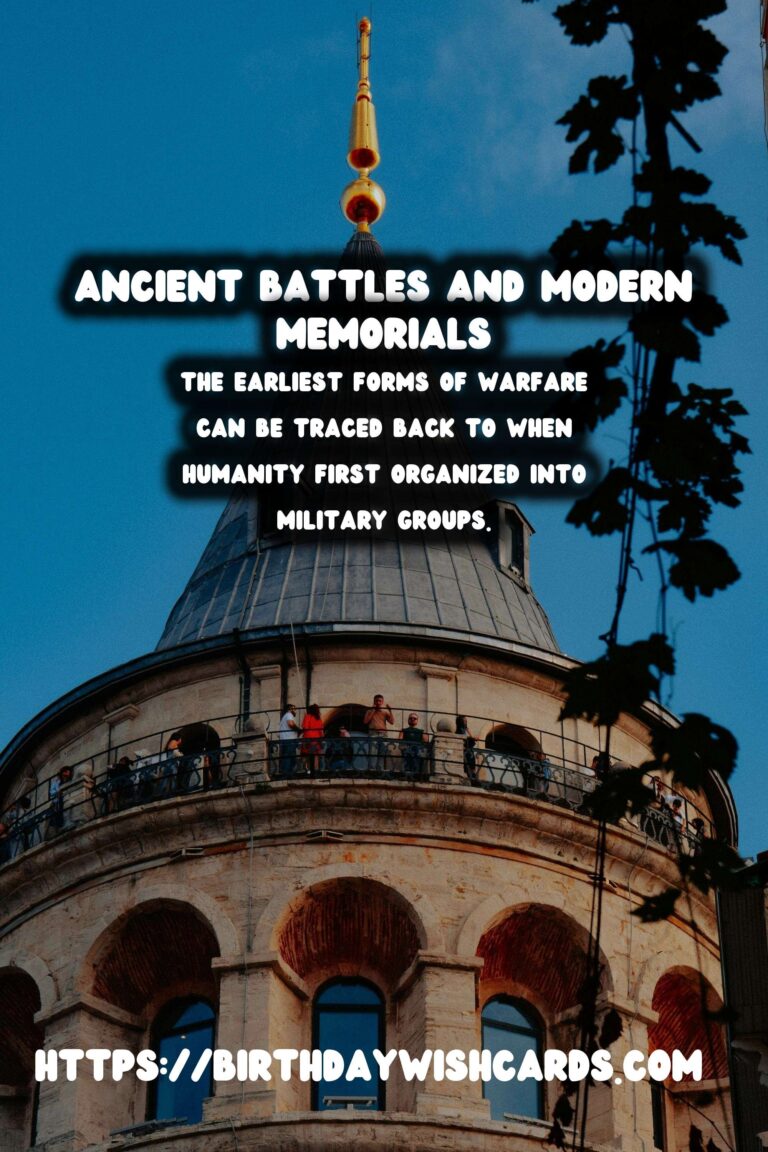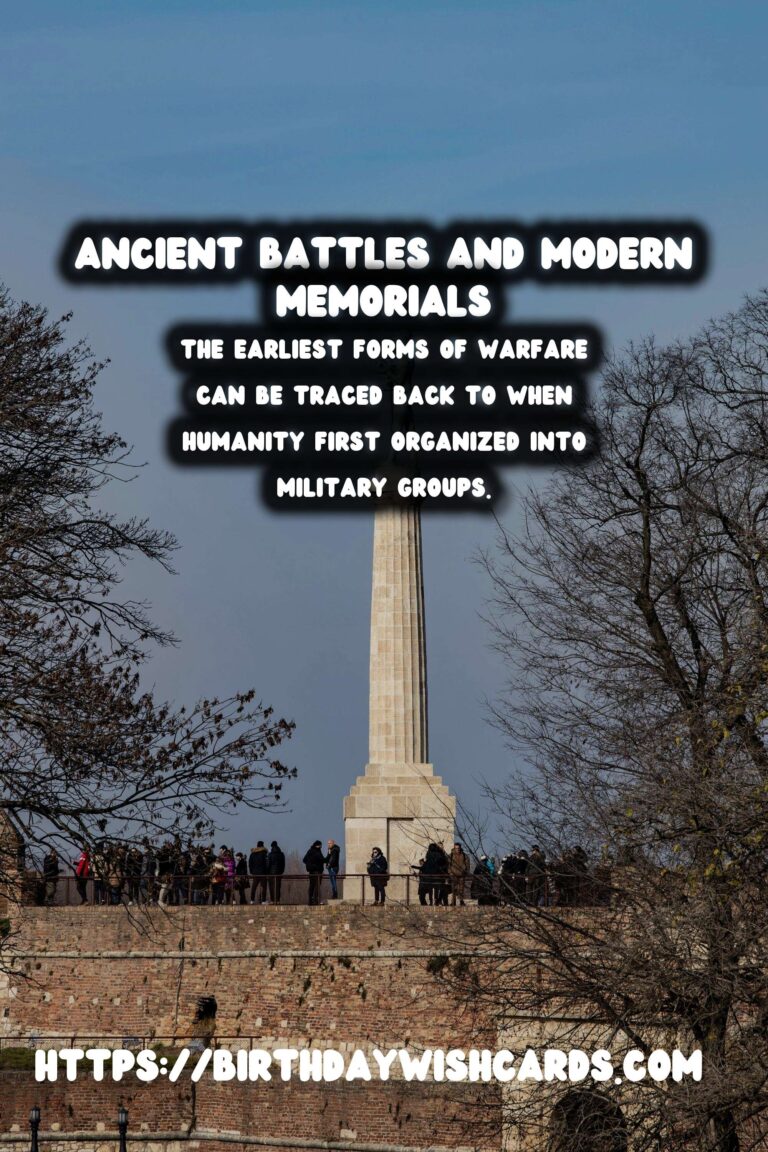
Introduction to Warfare
Warfare has been an intrinsic element of human history, shaping societies and altering the landscapes of civilizations. From ancient skirmishes to modern warfare, the strategies, tactics, and technologies have evolved significantly.
Ancient Battles: The Dawn of Warfare
The earliest forms of warfare can be traced back to when humanity first organized into military groups. Notable early battles such as the Battle of Megiddo around 1457 BC and the Trojan War reflect the strategic and sometimes mythological nature of ancient conflicts. These battles were fought with primitive weapons like bows, arrows, and spears.
The Battle of Kadesh (1274 BC): One of the most well-documented ancient battles, it involved Egyptian Pharaoh Ramses II and the Hittites. It is considered the first battle in recorded history for which we have detailed accounts.
The Evolution of Warfare Tactics
With succeeding centuries, tactics evolved, armies expanded, and the scale of conflict grew. The Greek phalanx and the Roman legion were revolutionary formations that dominated ancient battlefields and reflect the tactical prowess of these civilizations.
The Battle of Marathon (490 BC): This epic battle during the Greco-Persian Wars displayed clever tactics by the Greek forces who triumphed over the numerically superior Persian army.
Medieval Warfare Brilliance
The Medieval Period brought chivalric codes, armored knights, and fortified castles. The Battle of Hastings (1066 AD) demonstrated how strategic ingenuity could lead to seismic shifts in power structures.
The Hundred Years’ War: Spanning over a century, this series of conflicts between England and France showcased the transition from medieval to modern warfare.
Modern Warfare and Technological Advancements
The Industrial Revolution and technological advancements such as gunpowder, cannons, and eventually aircraft and nuclear weapons revolutionized warfare. The world witnessed the devastating effects of modern warfare during World War I and II.
The World Wars introduced concepts like trench warfare, blitzkrieg tactics, and aerial bombardment, forever altering military strategy.
Memorials of War: Honoring the Fallen
In modern times, war memorials play a significant role in remembering the sacrifices of soldiers. Monuments like the Vietnam Veterans Memorial in the U.S. and the Cenotaph in London serve as poignant reminders of the cost of war.
The Importance of Remembrance: Memorials provide a place for reflection and the collective acknowledgment of the loss and lessons learned through warfare. They strive to foster peace by solemnly remembering the past.
Conclusion
The trajectory of warfare from ancient battles to modern memorials highlights both the evolution of conflict and the persistent quest for peace. Understanding this history is essential in ensuring future generations learn the pivotal lessons embedded in humanity’s bellicose past.
Warfare has been an intrinsic element of human history, shaping societies and altering the landscapes of civilizations. The earliest forms of warfare can be traced back to when humanity first organized into military groups.
#History #Warfare

